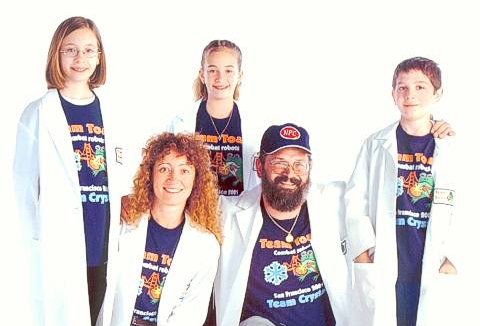

 |
Dr. Michael L Mauldin,
known as "Fuzzy" to his friends, is a retired computer
scientist who majored in mathematical sciences at Rice University
(BA MathSci 1981, Sid Rich). He was a teaching assistant for
several courses, including Statistics.
His master's thesis Maintaining Diversity in Genetic Search (1984) formed part of the code for the curve fitter used in this epidemic model. His PhD thesis and subsequent work on natural language and information retrieval are irrelevant to this epidemic modeling project (see Fuzzy's vita). |
 Team Toad is known primarily for building and competing with fighting robots. We also do Jeeping and offroad camping. The team consists of Fuzzy, his wife Debbie, and their family and friends who've joined in our activities.
Team Toad is known primarily for building and competing with fighting robots. We also do Jeeping and offroad camping. The team consists of Fuzzy, his wife Debbie, and their family and friends who've joined in our activities.
The team itself has no special medical or epidemiological expertise. |